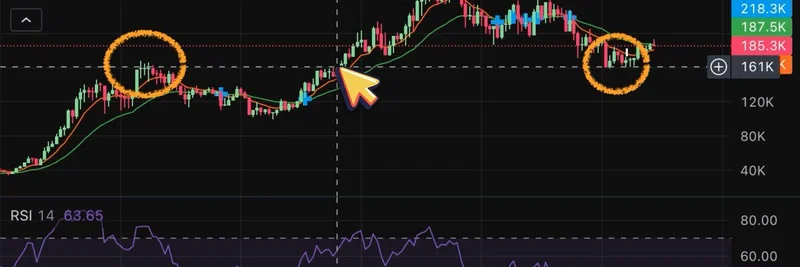In the fast-paced world of meme tokens on Solana, providing liquidity can be a lucrative way to earn fees, but it all hinges on picking the right price ranges for your DLMM (Dynamic Liquidity Market Maker) pools. A recent thread from Neel Patel, builder of MetEngine, breaks it down simply: it comes down to trend analysis and understanding the pool's liquidity orderbook. Whether you're aiming for intraday trades or multi-day positions, this guide will walk you through the essentials.
Understanding the Basics of Range Selection
DLMM pools allow liquidity providers (LPs) to concentrate their capital within specific price ranges, often called "bins," to capture trading fees more efficiently. Unlike traditional AMMs, DLMMs like those on Solana let you adjust dynamically to market conditions. Neel emphasizes two key factors: spotting trends in the token's price action and analyzing the current liquidity depth.
He kicks off with a video demo on MetEngine's terminal, showing how to use tools like moving average crossovers and RSI to identify shifts. If you're new to this, EMA (Exponential Moving Average) cross tracks whether the price is gaining or losing momentum over time, while RSI (Relative Strength Index) helps spot if a token is overbought (above 70) or oversold (below 30), signaling potential reversals.
Step 1: Reading the Chart for Trends
Start by analyzing the token's chart. Look for previous resistance levels (where the price struggled to go higher) and support levels (where it bounced back up). For example, in Neel's demo with the NARRATIVE token on Solana, he points out a strong resistance around $240K market cap and support near $120K.
Set your pool's max price close to that resistance and the min near the support. This creates a "field" where your liquidity can actively earn fees as the price oscillates within that range. Tools like EMA cross help confirm if the trend is upward or downward, while RSI gauges momentum to avoid getting caught in extremes.
Step 2: Diving into the Liquidity Orderbook
Next, check the pool's liquidity orderbook, which shows how much liquidity is stacked at different price bins. This is crucial because deeper liquidity means more trading volume—and thus more fees—in those areas.
For new meme tokens with high volatility, Neel advises keeping your range tight and opting for pools with higher bin steps (smaller price increments) and dynamic fees of 2-5%. This setup minimizes impermanent loss (IL)—the temporary loss from price changes—while maximizing fee capture during pumps or dumps. Scroll through the orderbook on platforms like MetEngine to find the sweet spots.
Choosing the Right Strategy
Combine your trend insights with the orderbook to pick a strategy:
One-sided Bid-Ask: Ideal for catching dips (bids) or pumps (asks). Deposit only one asset and let the pool handle the other side.
Spot Strategy: For balanced positions, like in stable ranges. Neel notes SOL-USDC has been printing fees well in the $152–$162 range for multi-day holds.
This approach shines during high volatility, common in meme token launches, helping you map out profitable territories without blind guessing.
The MetEngine Edge
What ties it all together? Tools like MetEngine's terminal, which integrates liquidity orderbooks, trend indicators, and real-time analytics. It lets you adjust positions quickly, turning data into actionable insights. If you're ready to try it, head over to their access page.
By following these steps, you can structure your LP positions more strategically, boosting your edge in the meme token game. Got questions? The community on X is buzzing—check out the original thread here for more discussions.


